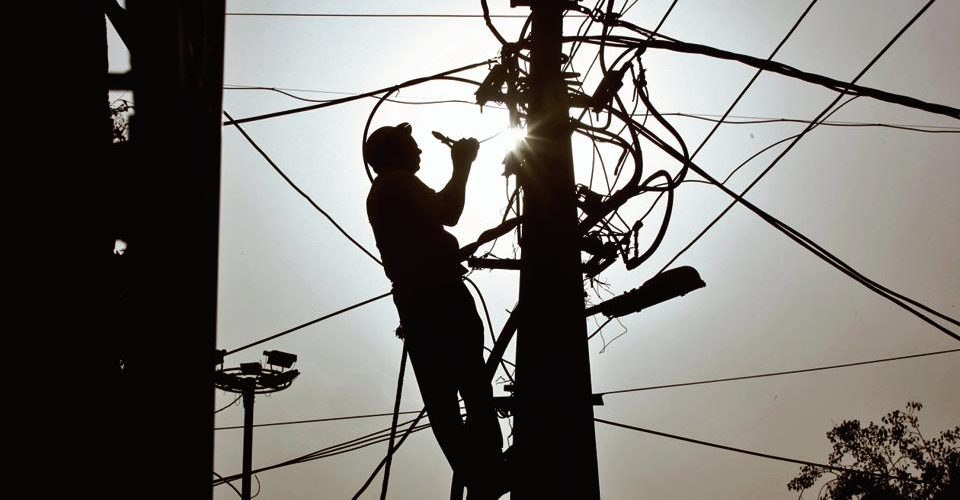In early February 2014, Delhi was on the verge of a blackout. I had just become the chief minister and electricity distribution companies (
What we inherited in February 2015 was a system plagued by years of corruption,
In 2014, Delhi faced 117 million units of power cuts. Generator sets and inverters were common household appliances. In large parts of the city, summer nights were a living hell due to repeated faults and load shedding. Fast forward to 2018: Delhi faced just 17.8 million units of cuts, 85% lower than in 2014. The biggest contributor towards ensuring consistent power supply has been the 16-17% augmentation in transformer capacity. Relentless pressure from our Members of Legislative Assembly, and expedited allocation of land for transformer augmentation, facilitated the largest expansion in capacity in the history of the city.
Electricity theft is also at an all-time low, and the lowest in the country. BSES Rajdhani, for instance, has seen Average Transmission and Collection (AT&C) losses have been brought down from 17% in 2013 to 8% today. This is because Delhi’s cheap power supply incentivised the mainstreaming of small consumers, who rapidly joined the growing mass of metered consumers. The number of connections has gone up by approximately 20% in the last five years, contributing to further improving the financial health of discoms.
On the back of these path-breaking reforms in the power sector, our government announced a Lifeline Electricity scheme under which all Delhi households consuming 200 or less units of power will get a zero bill. Between 201 to 400 units, consumers will get a substantial subsidy upwards of 50%.
Five years ago, we provided lifeline water for free to all households.
Comments of Admin
Hindustan Times published four photographs in 2012 of which one is a library image, showing Arvind Kejriwal restoring electricity at a premise where
Hindustan Times [HT] earlier published a story under a caption “shocking via, haphazard, illegal construction and civic apathy’’ which depicted the unsafe ambience of
On perusal of stories relate to on power theft and critically analyzing the photos published along with it, it can be seen that none of the reports















Add comment